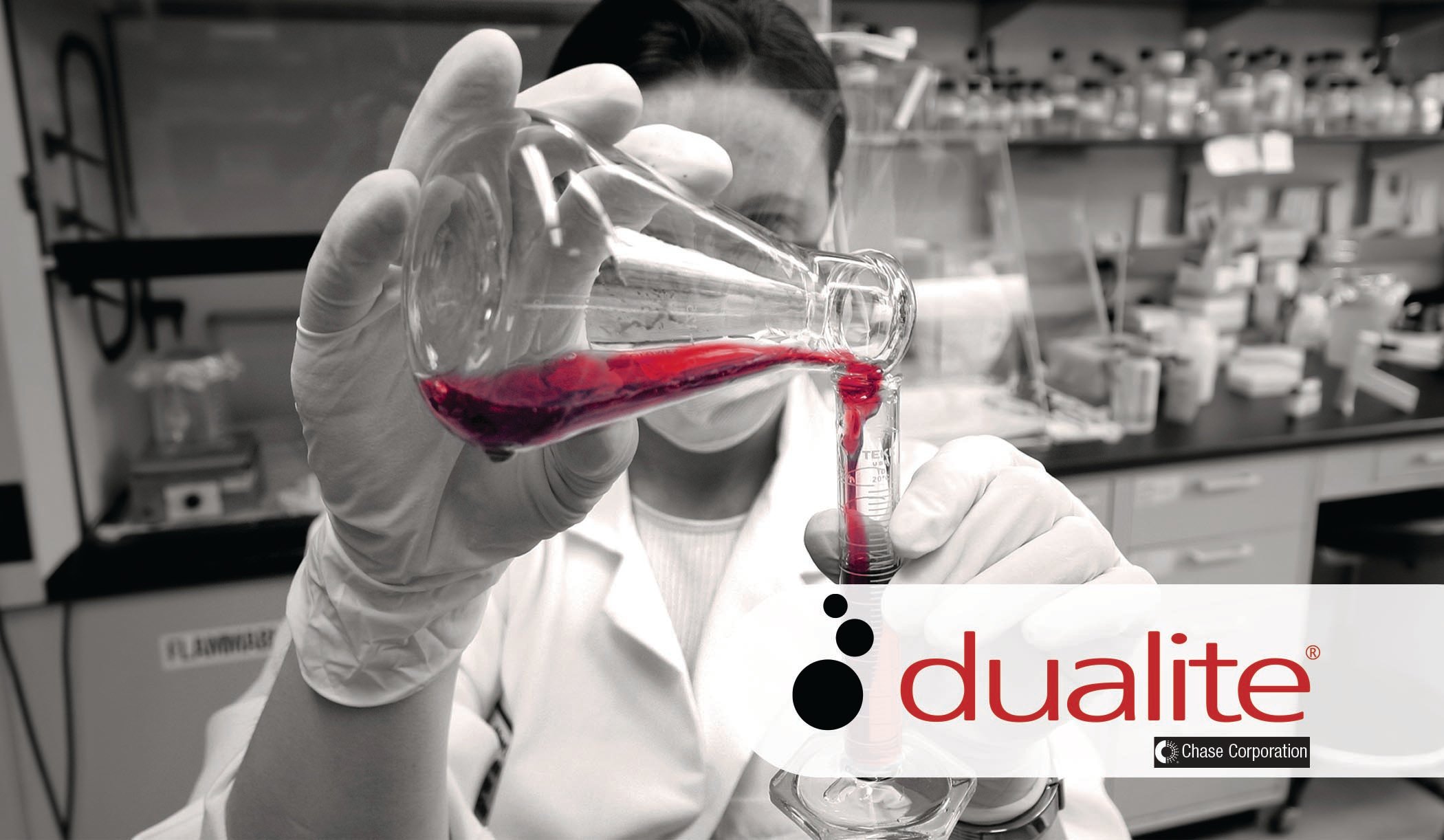Dualite microspheres are hollow polymeric microspheres containing a hydrocarbon core such as...
What Are Microspheres?
 As the name suggests, microspheres (sometimes referred to as microballoons) are microscopic lightweight fillers that can be created from various natural and synthetic materials such as glass, ceramic and polymer. Based on the intended application, some are hollow and some are solid. Microspheres can be added to plastics, resins, adhesives, composites, and many other materials. Their inclusion produces several benefits depending on the application, from lower density to improved insulation to lower costs.
As the name suggests, microspheres (sometimes referred to as microballoons) are microscopic lightweight fillers that can be created from various natural and synthetic materials such as glass, ceramic and polymer. Based on the intended application, some are hollow and some are solid. Microspheres can be added to plastics, resins, adhesives, composites, and many other materials. Their inclusion produces several benefits depending on the application, from lower density to improved insulation to lower costs.
The most commonly used microspheres and their key attributes are
- solid glass microspheres – ideal for high sheer and stress applications; high compressive strength, heat, and chemical resistance; and highest density
- hollow glass microspheres – lower sheer and compressive strength than solid glass spheres, with good heat and chemical resistance; lower density than solid glass
- cenospheres – aluminosilicate microspheres, a byproduct of coal combustion; high melt temperature and excellent chemical resistance; not engineered products so physical attributes may vary; similar density to hollow glass spheres
- polymeric microspheres – ultra low-density spheres; good chemical resistance; available in heat-expandable versions; commonly used for construction materials, automotive sealants, coatings, and fillers
Plastic, or polymeric, microspheres offer many of the same benefits as glass and aluminosilicate microspheres, with the added benefit of ultra-low density. Arguably, these microspheres can be used in the widest range of applications. Polymeric microspheres are typically available in unexpanded and pre-expanded versions.
- Unexpanded – These polymeric microspheres are heat expandables that contain blowing agents. Upon heating, the internal pressure created causes these microspheres to expand many times greater than their original sizes. They have ultra-low expanded densities ranging from 0.005 to 0.024 g/cc. They will expand to form low-density spheres, creating unique, and often improved, end-product properties. They also are used to replace chemical blowing agents.
- Expanded – These polymeric microspheres are those with ultra-low densities ranging from 0.030 g/cc to 0.135 g/cc. The average diameter ranges from 25 mm to 165 mm. Besides reducing weight and cost, they are sprayable, non-friable, shear-stable, compressible, pumpable, and flexible. They can be used in several applications such as adhesives, sealants, coatings, FRP compounds, and much more.
Polymeric microspheres can be used as alternatives to chemical blowing agents. Benefits include
- a controlled foaming process,
- a uniform and strong cell structure (Chemical blowing agents’ cell structures are not always uniform, which can cause much larger cells, resulting in weaker structures.),
- being unaffected by weather and plant temperatures,
- being sandable,
- having an improved surface finish,
- providing a matte or non-slip surface finish, and
- the ability to be used in combination with chemical blowing agents.
Watch this video explainer
There are several possibilities when it comes to choosing the right microsphere for your application. If your choice is polymeric microspheres, please contact Chase Corporation so we can help you make the best selection for your application.







